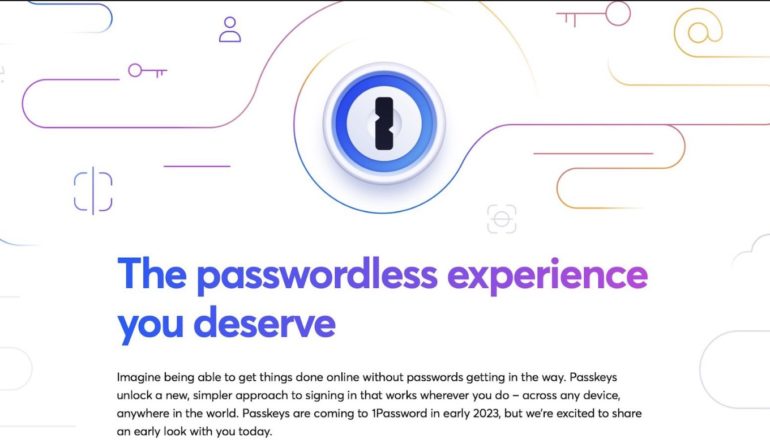As hacking tools become more and more powerful, it becomes essential to follow good habits regarding passwords and their weaknesses.
A recent study by NordPass revealed the 200 most common passwords in 30 different countries, with some of them capable of being cracked in less than a second.
8 ways to improve the security of your passwords
View your reused and compromised passwords
The most of password managers, including Apple’s built-in one for iOS and macOS, include safety recommendations that highlight which of your passwords are being reused on websites or have been compromised in a data leak.
On iPhone go to the app Settings > Password > Security tips
1Password has a whole security checkup feature that’s very useful, and on iPhones, the compromised website or password-related warnings usually show up at the top. If you have a different password manager, look for its security auditing features.

After that, update any reused or compromised passwords with auto-generated strong passwords, and don’t forget to review the security recommendations regularly.
If there are many compromised or insecure passwords between your accounts, perhaps divide the various operations into several days but make sure you start with the most sensitive accounts such as financial ones.
Automatically generate passwords
When creating new passwords or updating old ones, be sure to use automatically generated passwords via your password manager. Various password managers, including the one built into iPhone and iPad, store new passwords so you don’t have to remember them.
2FA/MFA
For all accounts that support it, turn on two-factor authentication (2FA) or multi-factor authentication (MFA). Where possible, avoid using SMS-based 2FA/MFA as it is a system vulnerable to SIM swapping attacks.
1Password, Apple and most password managers support the 2FA verification code.
Don’t manually enter your passwords in public
This might seem like obvious advice, but lately there has been an increase in cases of thieves first spying on the passwords users enter to unlock iPhones and then stealing the device. Therefore, avoid entering passwords on iPhone in public places such as bars, shopping malls or restaurants.
Luckily, on iPhone you can simply use Face ID or Touch ID to unlock the device.
Do not use public Wi-Fi or public charging stations
Two more easy ways to stay safe, avoid public Wi-Fi networks and don’t use public charging stations. Except in cases of emergency, therefore avoid using these infrastructures, because more and more hackers are using them to steal sensitive data.
Physical security keys
If you want to increase the security of your Apple devices, the company now supports physical security keys. Find our complete guide here.
Advanced Apple Data Protection
Apple launched advanced data protection. Now 23 categories of iCloud data have end-to-end encryption when the feature is enabled. End-to-end encrypted iCloud data they can only be decrypted on your trusted Apple devices on which you are signed in with your Apple ID account, ensuring that data remains secure even in the event of a cloud data breach. Not even Apple has access to the encryption keys, so if you lose access to your account, you can only recover your data using your device passcode or password, recovery contact, or recovery key. Users will be guided to set up at least one recovery contact or recovery key before activating advanced data protection.
Here is our guide to activate this feature.
Passkey
A passwordless future is getting closer thanks to passkeys.
Passkey it’s a technology built through the FIDO Alliance, a partnership between Apple, Google, Microsoft, and other companies. The idea is to move away from traditional passwords and log in with secure authentication methods like facial recognition or biometrics without ever having to create or type a passcode.
Guide
